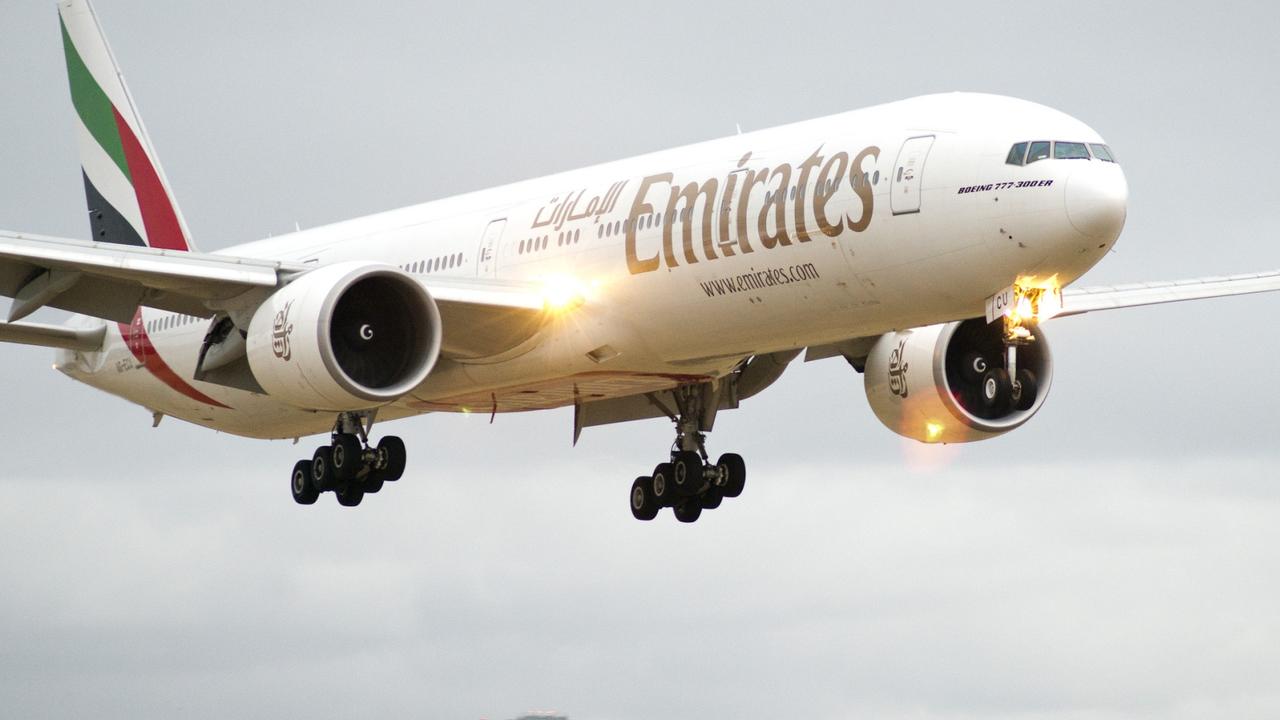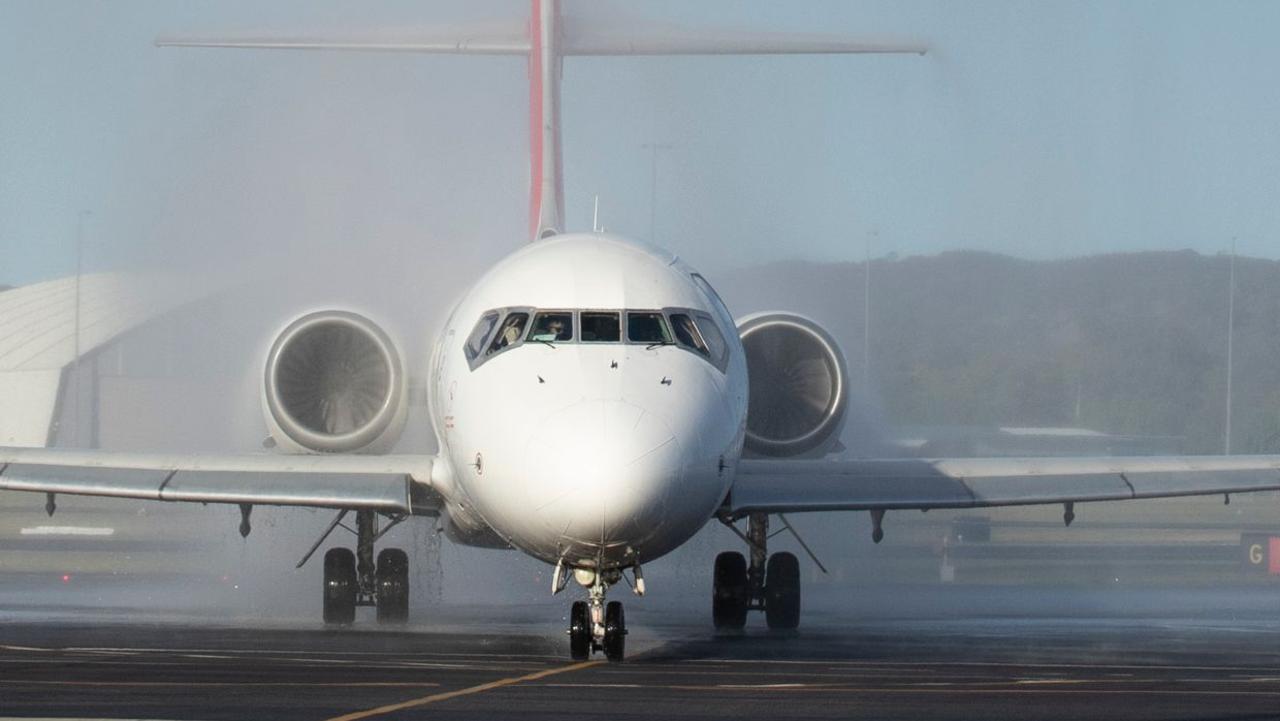Seven Chinese airlines vanish from Australia as the Covid pandemic takes a toll on travel
It’s been two years since the Covid pandemic hit Australia, a crisis that’s claimed many victims – including seven Chinese airlines.
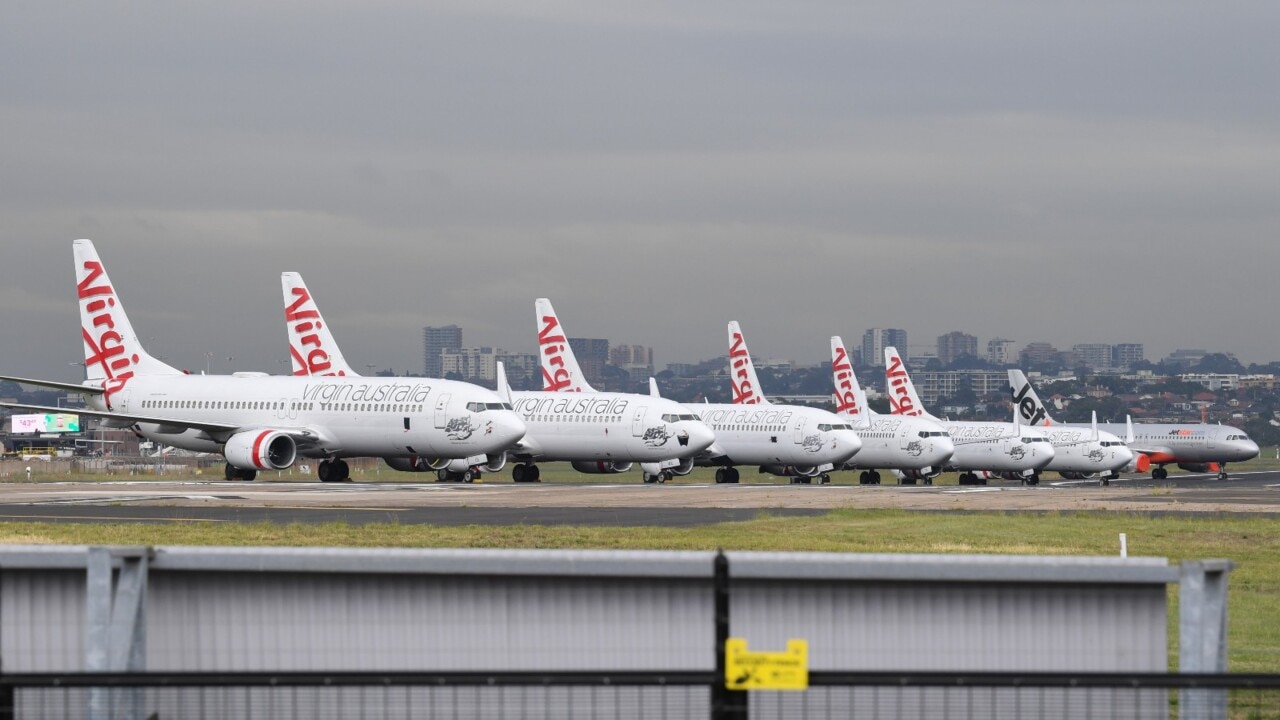
It’s been two years to the day since the first Covid case was confirmed in Australia.
During the past two years, the pandemic has claimed many victims, with the tourism and airline industry hit hard.
China, in particular, was not only a destination Aussies sought to travel to, but also brought a lot of tourists – and tourist dollars – into Australia.
Now, just two of the nine China-based airlines which flew into Australia before the pandemic, continue to fly to our country.
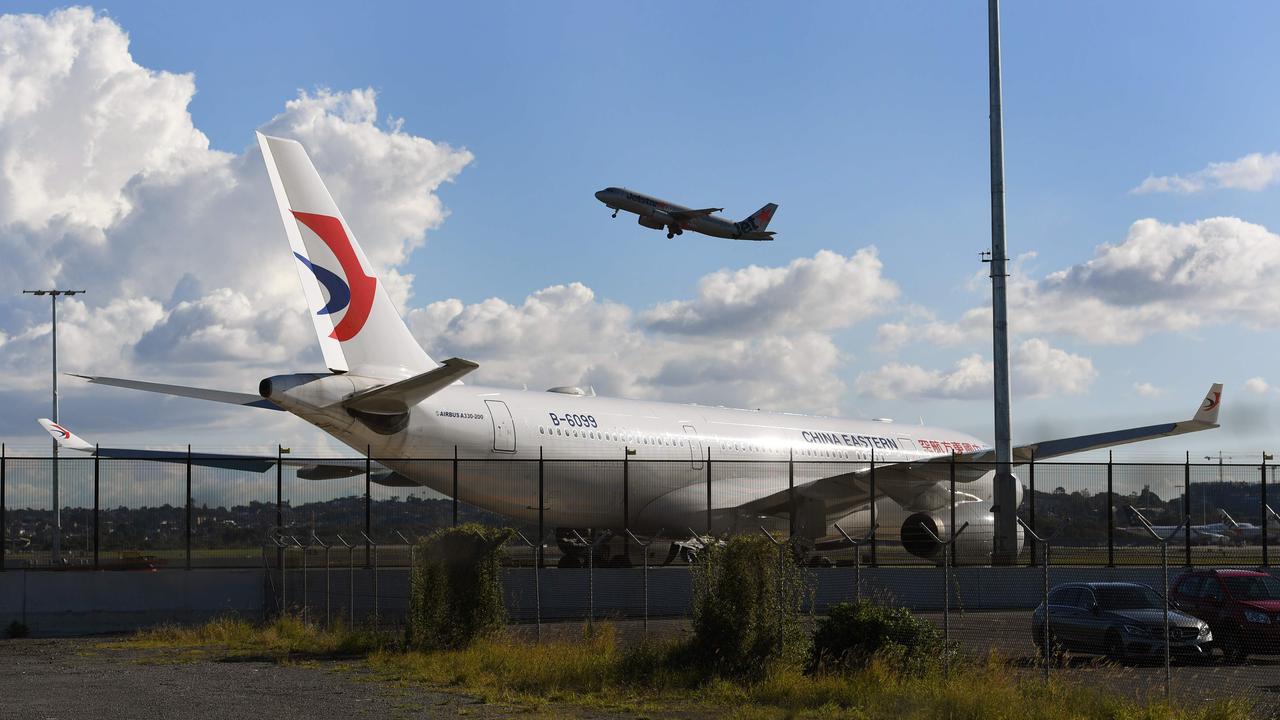
Back in 2019, Aussies could get cheap flights to more than 10 cities across China.
Now, return tickets to and from China are up to three times more expensive, according to Traveller.
And even finding a flight to China has become difficult as the Asian superpower clamps down on its international borders.
China recorded fewer than 500 international flights in the past week, compared to the more than 10,000 international flights that landed on its mainland in January 2020.
The war of words, and ongoing trade battle, between Australia and China also hasn’t helped the airline industry.
From billions to bust
In early December 2021, as Australia prepared to reopen to the world, Tourism Minister Dan Tehan confidently told the CAPA Centre for Aviation conference that we could manage without tourism dollars from Chinese travellers.
That was despite Chinese visitors accounting for the highest number of travellers to Australia from any country in the 2018/19 financial year. According to Traveller, in the year ending June 30, 2019, more than 1.4 million Chinese nationals visited Australia.
Those visitors contributed more than $12.4 billion to our economy.
In the 2020/21 financial year, that number dropped to 3400 Chinese visitors, with the economic boost also vanishing.
Mr Tehan told the conference that with the reopening of borders for international travel for vaccinated residents and citizens, the aviation and tourism industries were starting to see an increase in traffic, despite this huge loss of Chinese visitors.
As a result, Mr Tehan said that as Australia looked to open its borders, travel demand from other parts of the world coupled with reduced isolation measures for vaccinated arrivals would help the country’s Covid recovery, with or without Chinese tourist dollars.
“Australia’s star had shone bright throughout the pandemic as far as the rest of the world was concerned,” Mr Tehan said.
“People want to come to Australia, and that is the message I’ve got very, very clearly, whether it be North America, Europe, [or] Asia.”
But that was before the Omicron wave hit hard.
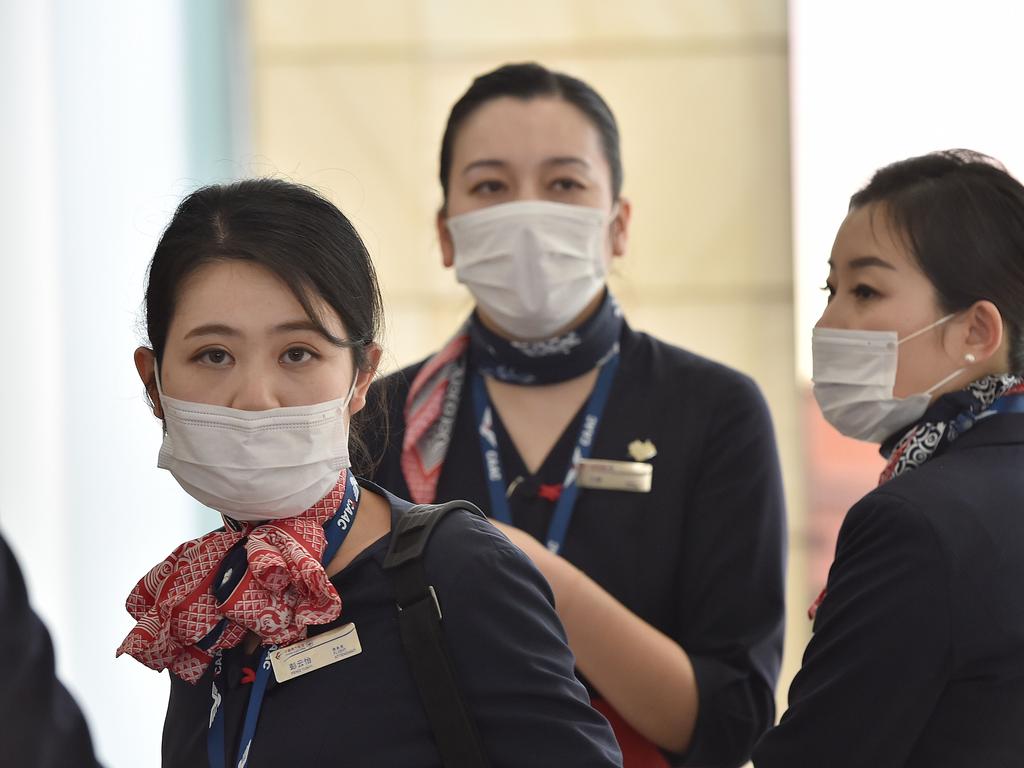
Omicron changes the global game plan
Back at the start of the pandemic, Prime Minister Scott Morrison was one of the first world leaders to ban arrivals from China in early 2020 in a bid to curb the spread of Covid.
The decision, which came just a few weeks before Australia closed its border to all foreigners for more than 18 months, saw a number of international airlines stop flying here completely.
Now it is China which is keeping its borders shut to the rest of the world.
As the Omicron variant causes global panic and leads governments to shut borders again, China is being particularly careful over who it lets in.
In a bid to keep the country at Covid zero, especially ahead of the Beijing Winter Olympics, China announced that international flights would be kept at 2.2 per cent of pre-Covid levels during the northern hemisphere winter.
According to The New York Times, since August, China has almost entirely stopped issuing new passports, and has imposed a 14-day quarantine for all arrivals.
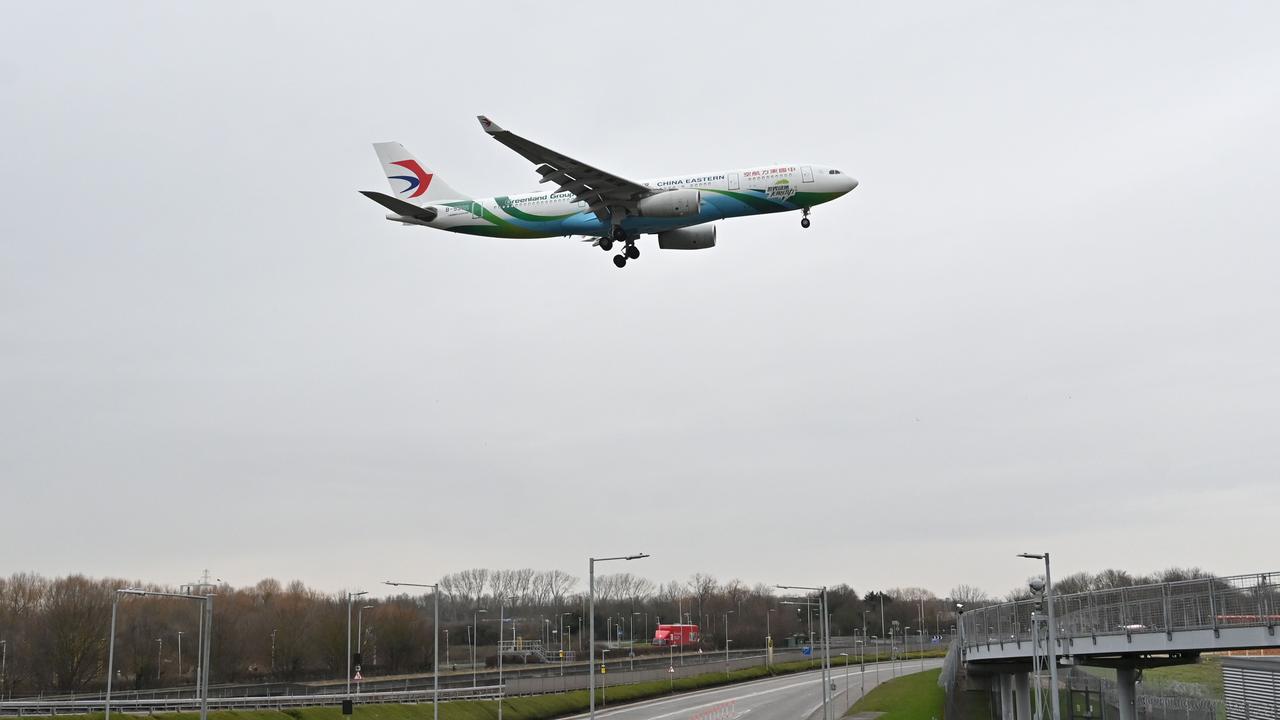
Entering or simply returning to China also requires extensive paperwork and multiple Covid-19 tests.
More Coverage
As a result, many Chinese residents have decided to stay put, which has had a particular impact on North and Southeast Asia, especially considering in 2019 Chinese tourists spent about $260 billion and exceeded all other nationalities.
There are fears it could take up to two years before China fully reopens as the nation works to maintain Covid zero.
In the meantime, the airline and tourism industries in Australia continue to grapple with the effects of the pandemic, as Covid continues to make itself felt in ever-changing ways.


